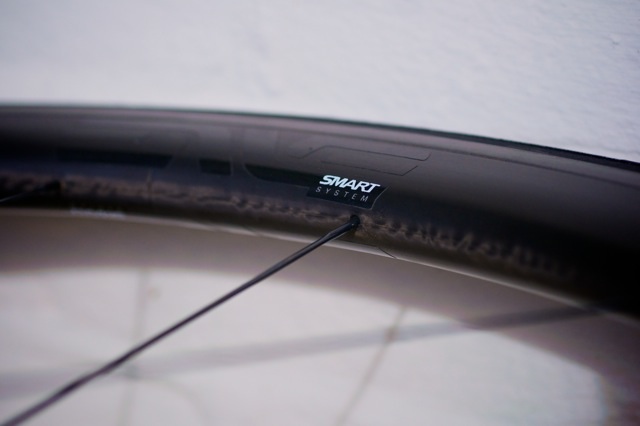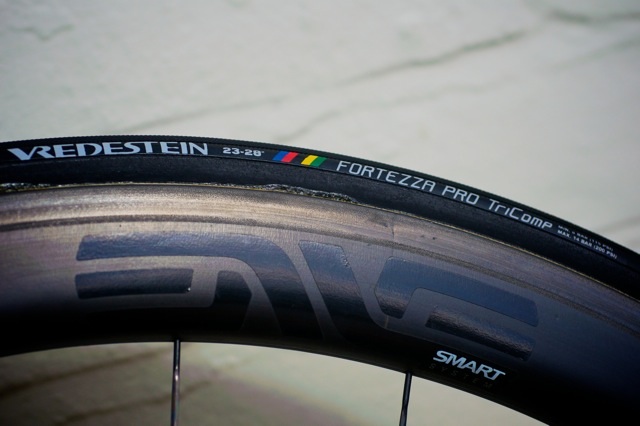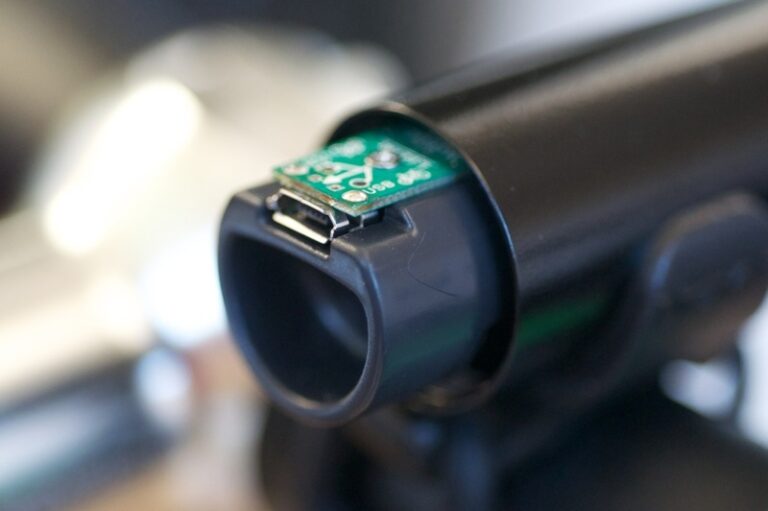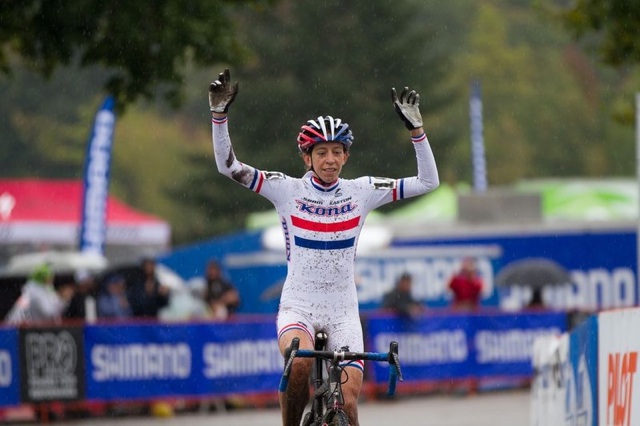The £2300 required to own the Smart Enve 3.4 tubular wheelset places a heavy onus on its performance. How then did it fare?
For a reminder of the specs, including rim profile and construction, click here for our ‘first look‘. In this article, we’ll focus solely on the performance.

Our first ride on these 3.4s was our first experience of the new breed of wide brake track, shallow profile rims (we subsequently tested the Reynolds R32), having spent more time on traditional deeper section aero wheels. While the performance is similar in a straight line, the reduced weight of the shallower rim profile improved acceleration significantly, an advantage of greatest benefit on climbs and attacking from the pack.
As might be expected, the reduced side profile offers advantages over deeper rims in cross winds. Blustery weather can unsettle deep section wheels, particularly in ‘on/off’ wind conditions, or along roads with gaps in hedgerows. The 3.4s, by contrast, remained composed, despite the recent swirling winds that have swept our test routes.
Lighter rims are available, and rivals claim superior performance in wind tunnel tests, but in our opinion, a wheel which performs as well in such a wide range of conditions would be hard to find
These are stiff wheels. The rigid carbon hoops are laced to Chris King R45 hubs with Sapim CX Ray spokes. The combination worked well: the wheels tracked well in corners, and exhibited no signs of flex under hard side loads. Enve have achieved a great balance of ride comfort and lateral stiffness with the 3.4’s, although some credit for the comfort must go to the tubular tyres (Vredestein Fortezza Pro TriComp). We’re hoping to test the clincher incarnation soon.
Correct tyre pressures, appropriate to the rider and the conditions, will enhance the performance of any wheelset. Our 68kg test pilot ran the aforementioned Fortezza Pro TriComp tubs at 115psi, the minimum recommended by the manufacturer, and not his usual 110psi, and was surprised by how quickly their limits were reached on greasy, tree-lined roads.

The Chris King R45 hubs performed as we have come to expect. Our test wheels had already seen some service and arrived with a little play which was easily sorted. The RingDrive with its 45 titanium teeth engaged rapidly. The hubs are light (a claimed 102 grams for the front, 215 grams at the rear), and while marginally lighter units are available, you will be hard pressed to find any more durable and reliable.
The same might be said of the Enve 3.4’s: slightly lighter rims are available, and rivals claim superior performance in wind tunnel tests, but in our opinion, a wheel which performs as well in such a wide range of conditions would be hard to find. These are hoops which would be at home in the mountains, on windy rides with friends, racing in a pack, and even at a time trial.
The weakest part of the Smart Enve 3.4’s performance proved to be wet weather braking, where they were merely adequate. We’d recommend extra attention when riding these in a pack in such conditions
The weakest part of their performance proved to be wet weather braking, where they were merely adequate. We’d recommend extra attention when riding these in a pack in such conditions. SwissStop pads were fine in the dry, but we were forced to ‘scrub’ to clear water from the rims in wet weather before applying real braking force.
These are excellent wheels, as any rider investing the price of an excellent bicycle in a set of hoops has a right to expect. Performance can be tested objectively, but value, like beauty, lies to some degree in the eye of the beholder. Many will find the cost prohibitive, but those able to meet the substantial asking price are unlikely to be disappointed.





